Planning a European summer trip can feel overwhelming, especially when you’re staring at an empty suitcase wondering how to fit three weeks’ worth of adventures into carry-on luggage. The good news is that smart packing isn’t about bringing less—it’s about packing smarter. With the right strategies, you can maximize space, minimize weight, and still have everything you need for those spontaneous detours through cobblestone streets or last-minute train rides to the coast.
Here’s a list of 20 proven packing hacks that will transform your European summer adventure from a logistical nightmare into a breeze.
Roll Your Clothes Like a Burrito
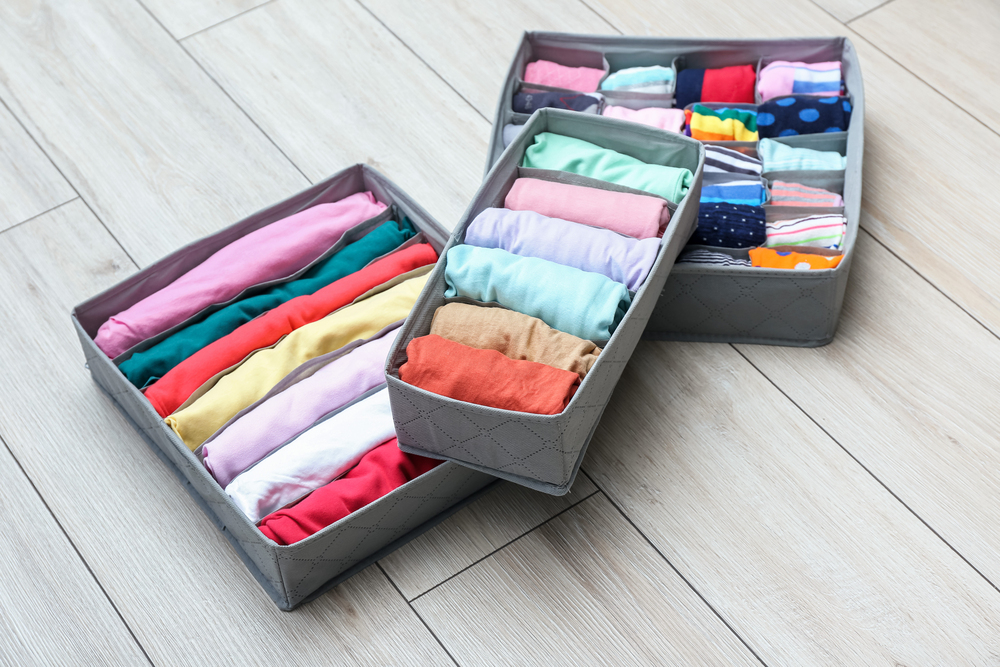
Rolling clothes instead of folding them saves about 30% more space in your suitcase. Think of it like making a burrito—you want everything tight and compact.
This method works especially well for t-shirts, shorts, and lightweight pants that you’ll be wearing most often during European summers.
Invest in Packing Cubes
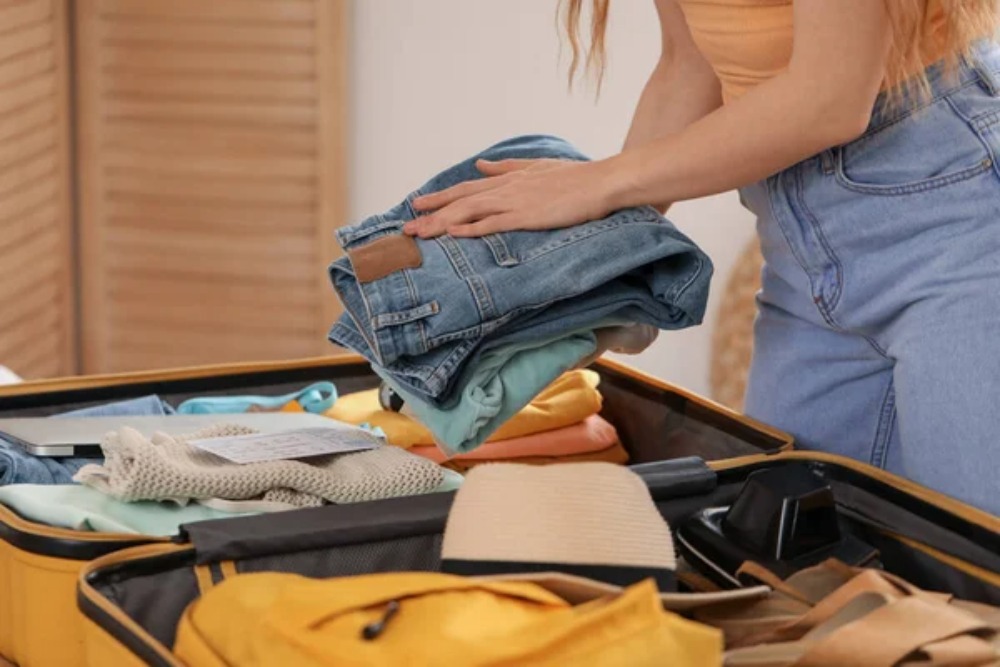
Packing cubes act like drawers for your suitcase, keeping everything organized and compressed. You can dedicate one cube to tops, another to bottoms, and a third to undergarments.
When you need to find that specific shirt in Rome, you won’t have to destroy your entire suitcase like excavating an archaeological site.
Like Travel Pug’s content? Follow us on MSN.
Bring a High-Capacity Power Bank
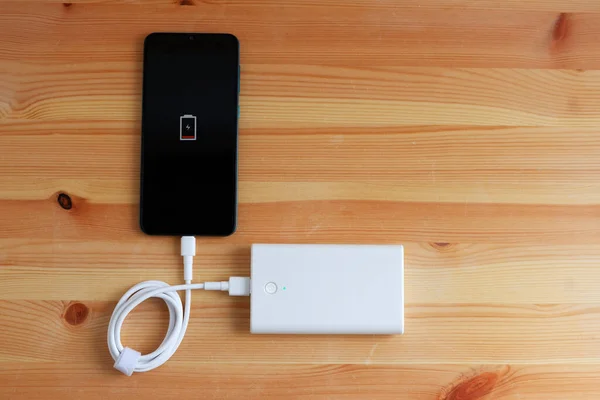
European outlets can be scarce when you’re exploring for 12 hours straight. A good power bank with at least 20,000mAh capacity will keep your phone, camera, and other devices charged through long days of sightseeing.
Many newer models can charge multiple devices simultaneously, which comes in handy when you’re traveling with friends.
Pack a Universal Travel Adapter

Europe has several different outlet types, and nothing ruins a morning like realizing you can’t charge your phone in your Barcelona hotel. A universal adapter with multiple USB ports eliminates this problem.
Look for one that includes surge protection—European electrical systems can be quirky in older buildings.
Choose Comfortable Walking Shoes

You’ll walk an average of 7–10 miles per day in most European cities, so your feet will thank you for prioritizing comfort over style. Break in new shoes at least two weeks before your trip by wearing them around your neighborhood.
Consider bringing a second pair of comfortable shoes to alternate—your feet will stay healthier, and your shoes will last longer.
Like Travel Pug’s content? Follow us on MSN.
Master the Art of Layering
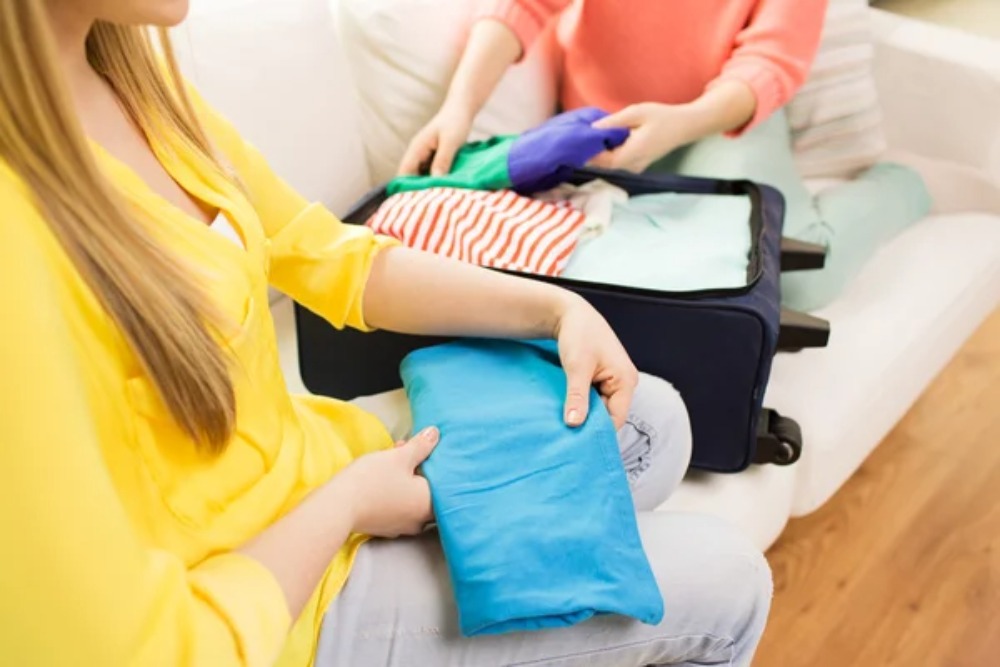
European summer weather can swing from 60°F in the morning to 85°F by afternoon, especially in cities like London or Amsterdam. Pack lightweight layers that you can easily add or remove throughout the day.
A thin cardigan or light jacket weighs almost nothing but can save you from shivering through an evening stroll along the Seine.
Use Compression Bags for Bulky Items

Compression bags are like magic for bulky items like sweaters or jackets that you might need for cooler evenings. These bags can reduce volume by up to 50% once you squeeze out the air.
They’re particularly useful for that ‘just in case’ hoodie that you probably won’t wear but don’t want to leave behind.
Carry a Collapsible Water Bottle

Staying hydrated while walking around European cities is crucial, but buying water bottles constantly gets expensive. A collapsible water bottle takes up virtually no space when empty and can save you hundreds of dollars over a long trip.
Many European cities have excellent tap water and public fountains where you can refill for free.
Like Travel Pug’s content? Follow us on MSN.
Pack a Lightweight Day Backpack
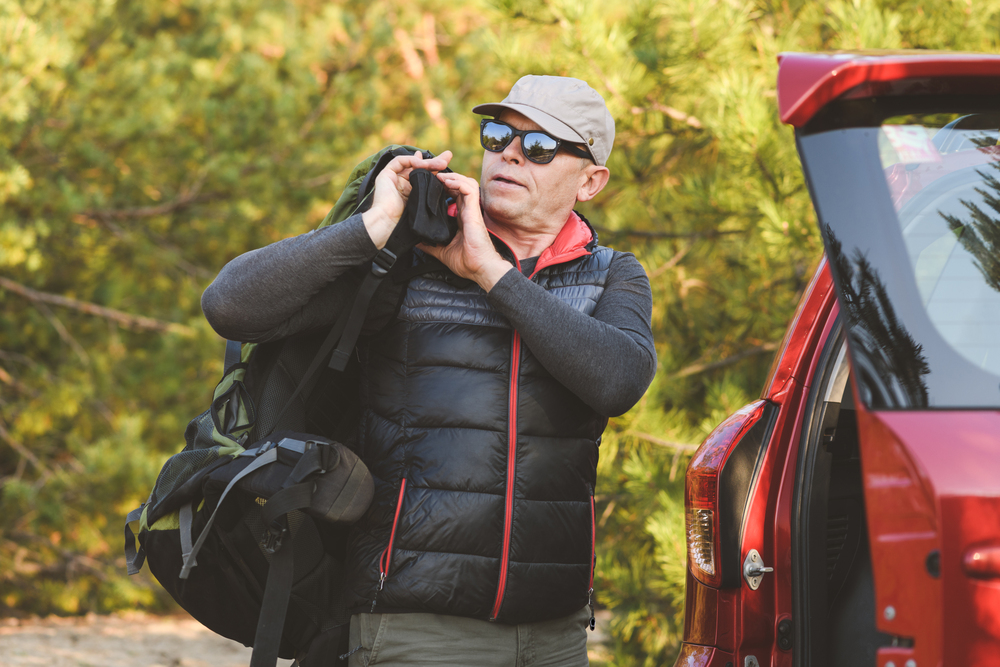
Hotel rooms become base camps during European adventures, and you’ll need something to carry your daily essentials while exploring. A lightweight, foldable backpack can compress down to the size of a sandwich when not in use.
Look for one with hidden zippers to deter pickpockets in crowded tourist areas.
Choose Quick-Dry Fabrics
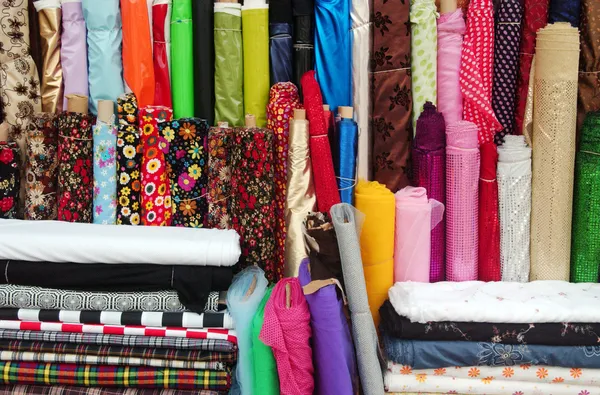
Quick-dry synthetic fabrics or merino wool dry much faster than cotton, which is crucial when you’re doing laundry in hotel sinks. These materials also tend to smell less after multiple wears, meaning you can pack fewer clothes overall.
Think of it as wearing a high-performance uniform that works in multiple situations.
Use Shoe Bags for Dirty Laundry

Bringing a few shoe bags gives you instant dirty laundry storage that keeps soiled clothes separate from clean ones. This simple hack prevents that awkward moment when you can’t remember if that shirt is clean or if it survived a particularly sweaty day touring the Colosseum.
Mesh bags work well because they allow airflow and prevent odors from building up.
Like Travel Pug’s content? Follow us on MSN.
Bring Portable Laundry Detergent
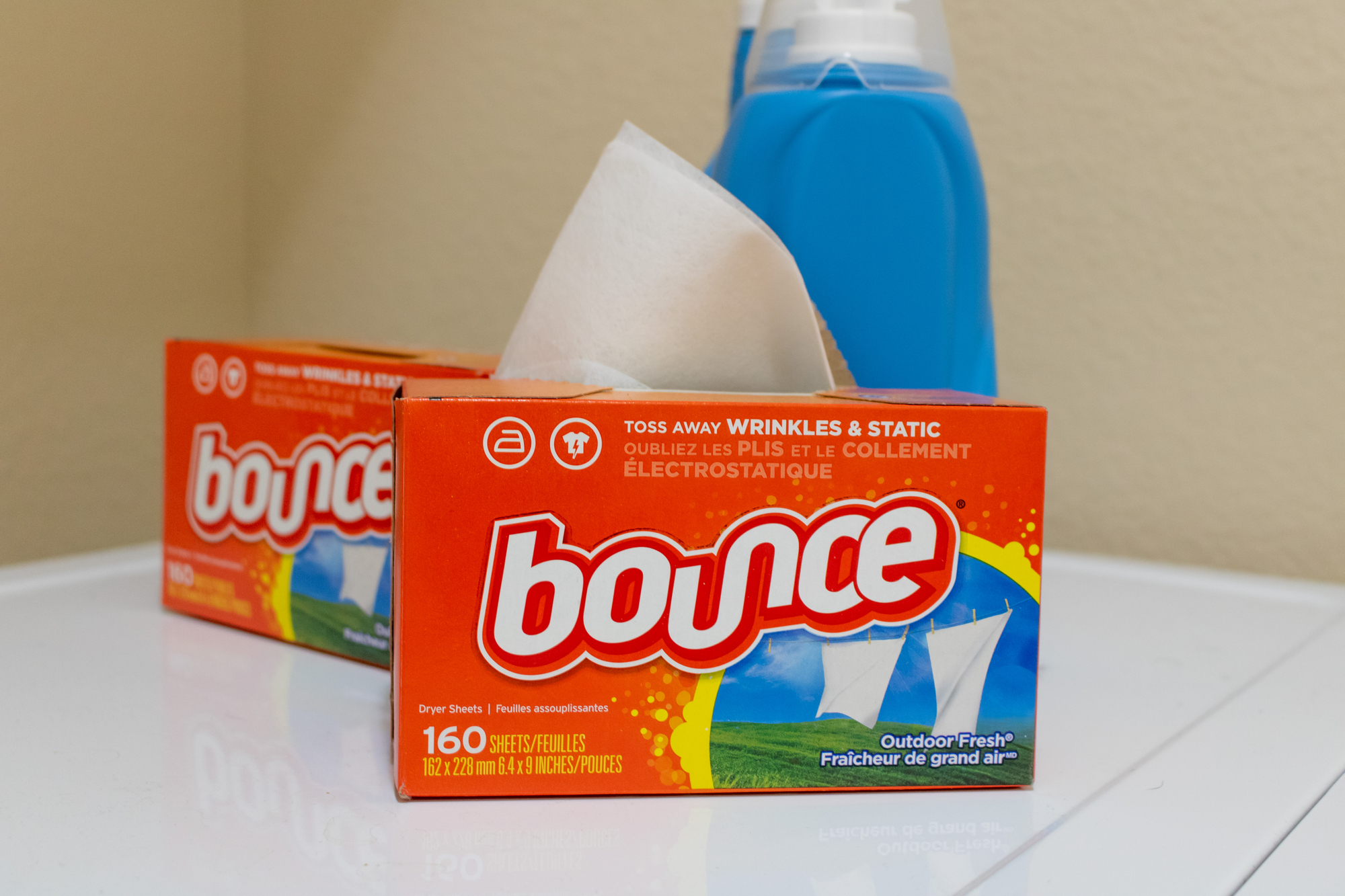
Small packets of concentrated laundry detergent or a travel-sized bottle let you wash clothes in your hotel sink. This becomes a game-changer on longer trips where you’d otherwise need to pack three weeks’ worth of underwear.
European laundromats can be expensive and time-consuming, so sink washing saves both money and precious vacation time.
Pack a Compact First Aid Kit

A small first aid kit with band-aids, pain relievers, and basic medications can save your trip when minor issues arise. European pharmacies can be hard to navigate if you don’t speak the language, and finding specific medications might take valuable sightseeing time.
Include any prescription medications you take regularly, plus a few extra days’ worth in case of travel delays.
Repurpose Empty Pill Bottles

Small plastic pill bottles make perfect containers for jewelry, earbuds, charging cables, or small electronics accessories. They’re waterproof, compact, and transparent, so you can see what’s inside.
Label them with tape if you’re packing multiple bottles—future you will appreciate the organization when you’re digging through your suitcase at 6 AM.
Like Travel Pug’s content? Follow us on MSN.
Include a Packable Rain Jacket

European summer storms can appear suddenly and drench you within minutes. A lightweight, packable rain jacket weighs less than a pound but provides essential protection.
Look for one that stuffs into its pocket—this design makes it easy to throw in your day pack without taking up valuable space.
Make Copies of Important Documents
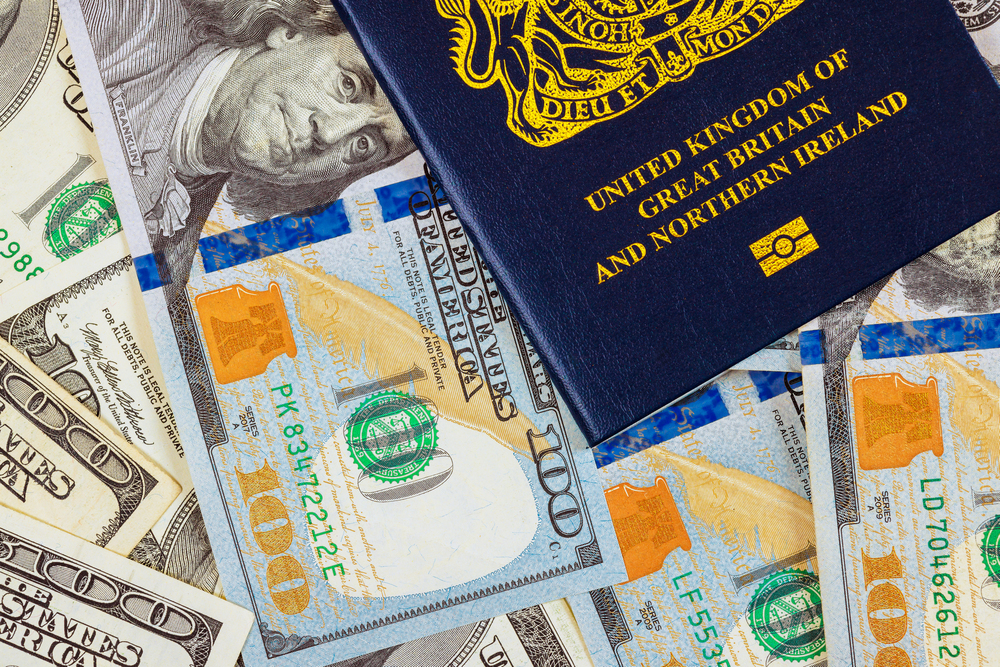
Scan or photograph your passport, driver’s license, travel insurance, and credit cards, then store digital copies in your phone and email them to yourself. Keep physical copies in a different location from your originals.
If something gets lost or stolen, having copies dramatically speeds up the replacement process at embassies or consulates.
Vacuum-Seal Your Clothes
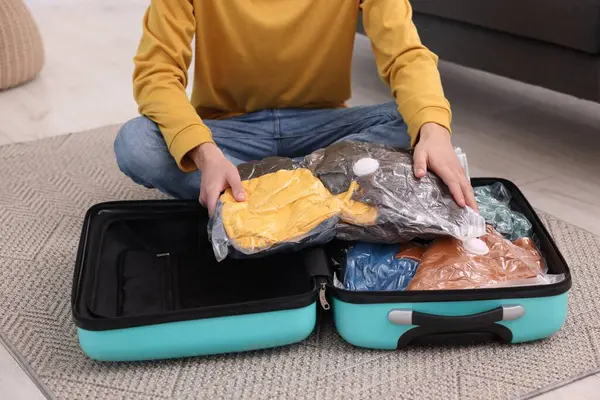
Vacuum-sealed storage bags compress clothes down to a fraction of their original size, though they work better for items you won’t need immediately. Pack your end-of-trip clothes this way, since you’ll have more room on the return journey anyway.
Just remember that once you open these bags, you can’t easily recompress them without a vacuum.
Like Travel Pug’s content? Follow us on MSN.
Bring a Multi-Port Charging Station
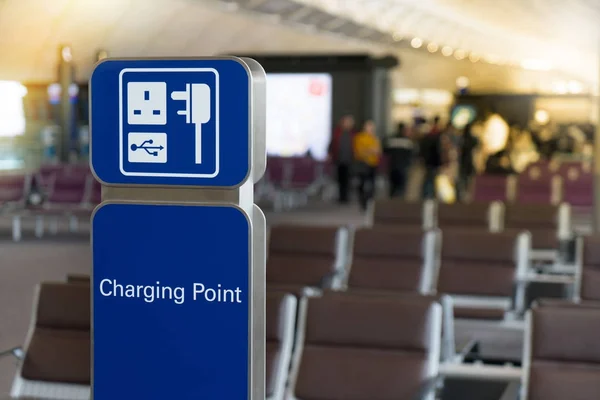
A compact charging station with multiple USB ports eliminates the need to pack individual chargers for every device. Many European hotels have limited outlets, especially in older buildings where electrical systems were added as afterthoughts.
A good charging station can power your phone, camera, tablet, and portable battery all from a single outlet.
Pack Versatile Footwear

Bring shoes that work for multiple activities rather than specialized footwear for every situation. A good pair of walking shoes can handle city exploration, light hiking, and even dinner at a casual restaurant. Comfortable sandals serve double duty for beach days and shower protection in hostel bathrooms.
Avoid packing shoes you’ll only wear once or twice.
Use Ziplock Bags for Organization

Clear ziplock bags create instant organization systems for small items like chargers, medications, toiletries, or snacks. They’re waterproof, reusable, and let you see contents at a glance. Airport security also appreciates them for electronics and liquids.
Pack a few extra empty bags—they’re beneficial for separating wet swimwear or protecting electronics during unexpected rain showers.
Like Travel Pug’s content? Follow us on MSN.
From Steamer Trunks to Smart Packing
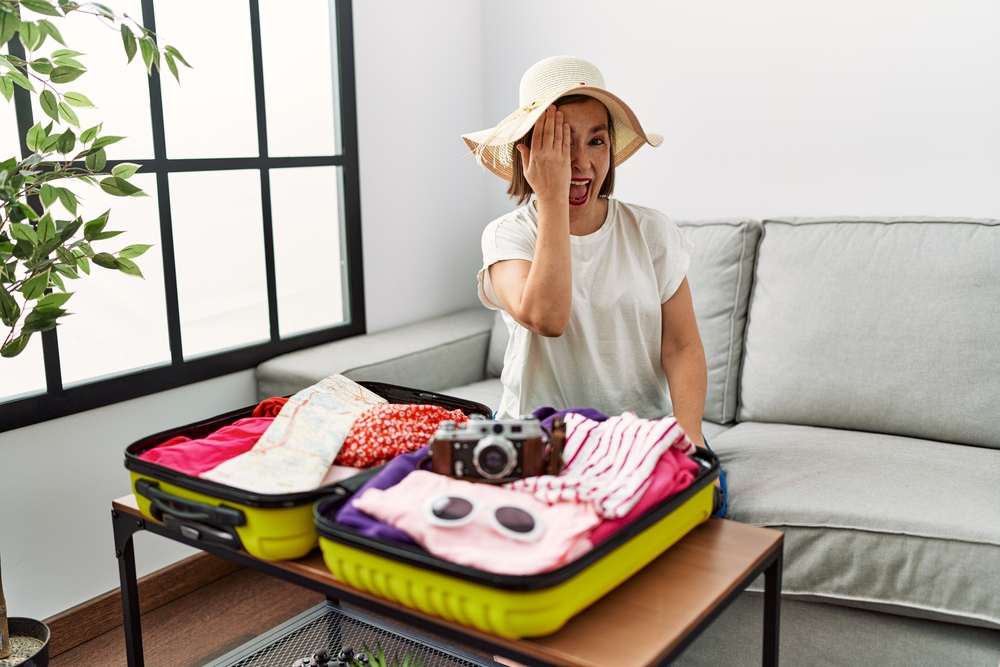
Travel packing has evolved dramatically since the days when wealthy Europeans toured the continent with steamer trunks full of formal wear. Today’s smart packing strategies reflect our modern understanding that experiences matter more than possessions.
These 20 hacks aren’t just about fitting more stuff into smaller spaces—they’re about freeing yourself from luggage anxiety so you can focus on what matters: exploring ancient Roman ruins, discovering hidden cafés in Prague, or watching the sunset from a Greek island. The best-packed bag is the one you forget you’re carrying.
More from Travel Pug

- 20 Best Beach Towns in the Carolinas
- 13 Destinations Where Tourists Regularly Regret Their Trip
- 20 Things You Actually Get in First Class
- 20 Small Airports With Aviation Museums
- 20 Places in the U.S. That Are Perfect for a Reset Trip
Like Travel Pug’s content? Follow us on MSN.
